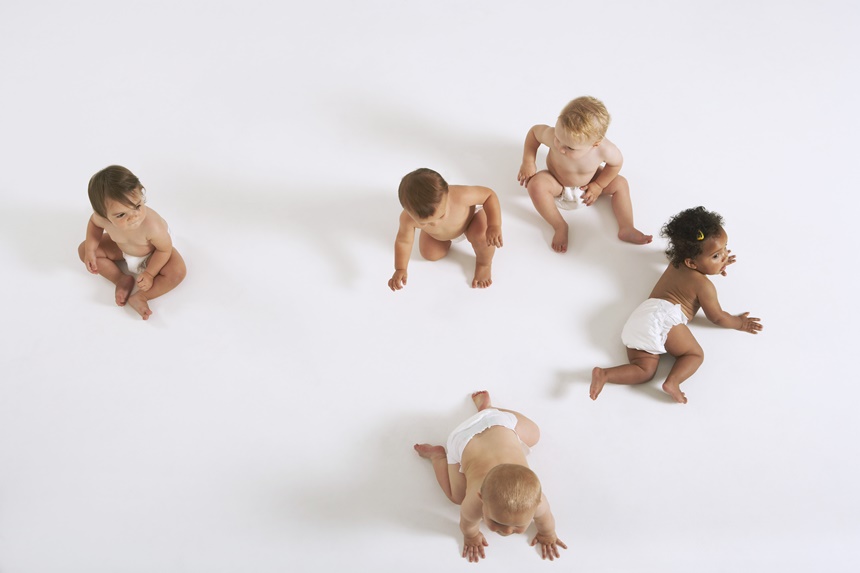Senior managing editor and logophile Andy Hollandbeck reveals the sometimes surprising roots of common English words and phrases. Remember: Etymology tells us where a word comes from, but not what it means today.
It’s something every new parent must to decide: cloth diapers or disposable ones? (Or, more labor intensive and possibly messy, no diapers at all!) Diapers themselves have come a long way over the past two centuries, but not nearly as long as the word diaper itself, which comes from root you might not expect.
The Greek word aspros originally meant “rough,” and the term was applied to — among other things — the raised portions of coins. The word was so associated with coins, in fact, that by the time the Byzantine Empire was established (roughly A.D. 395), apros meant “silver coin” in Byzantine Greek.
New silver coins are bright and shiny, and that association led aspros to be adopted as an adjective to describe bright things, including things that were white. If something was very white, or composed of two or more things that were both white, the adjective diaspros — combining aspros with the prefix dia- “throughout” — had been coined in Medieval Greek.
This was absorbed into Medieval Latin as diasprum, which gave rise to the Old French diaspre or diapre to describe an ornamental cloth made from white silk that had a repeating pattern — also in white — woven into it. And now we’re in more familiar territory.
By the mid-1300s, we start to see mention of diapers in English text as the name of an expensive silken fabric with a same-color (not necessarily white) repeating pattern woven into it, and by the end of that century, the act of putting a small repeated pattern onto a cloth was called diapering. By the 15th century, those small designs were being more often woven into less expensive linen, which was also called a diaper.
It was squares of this linen cloth that, by the 1590s, had become popular in England for, shall we say, “containing” the midsection of an infant, giving rise to the “baby’s breeches” sense of diaper that we think of first today.
For a long time, there was no such thing as a “cloth diaper” — all diapers were cloth. Disposable diapers weren’t developed until the 1940s. The earliest ones weren’t terribly absorbent and were considered luxury items for use on special occasions — such as long flights. Eastern Airlines even developed its own version in 1949 for its smallest passengers on long flights. Proctor and Gamble’s Pampers disposable diapers hit shelves in 1961, setting off an explosion in the diaper industry that has been making parenting easier — and filling landfills — ever since.
Become a Saturday Evening Post member and enjoy unlimited access. Subscribe now




Comments
Fascinating history of a word I hear occasionally, but never think about otherwise. I also had no idea about the small, repeated cloth pattern being called diapering. Linen seems like a fabric that historically would have been expensive.